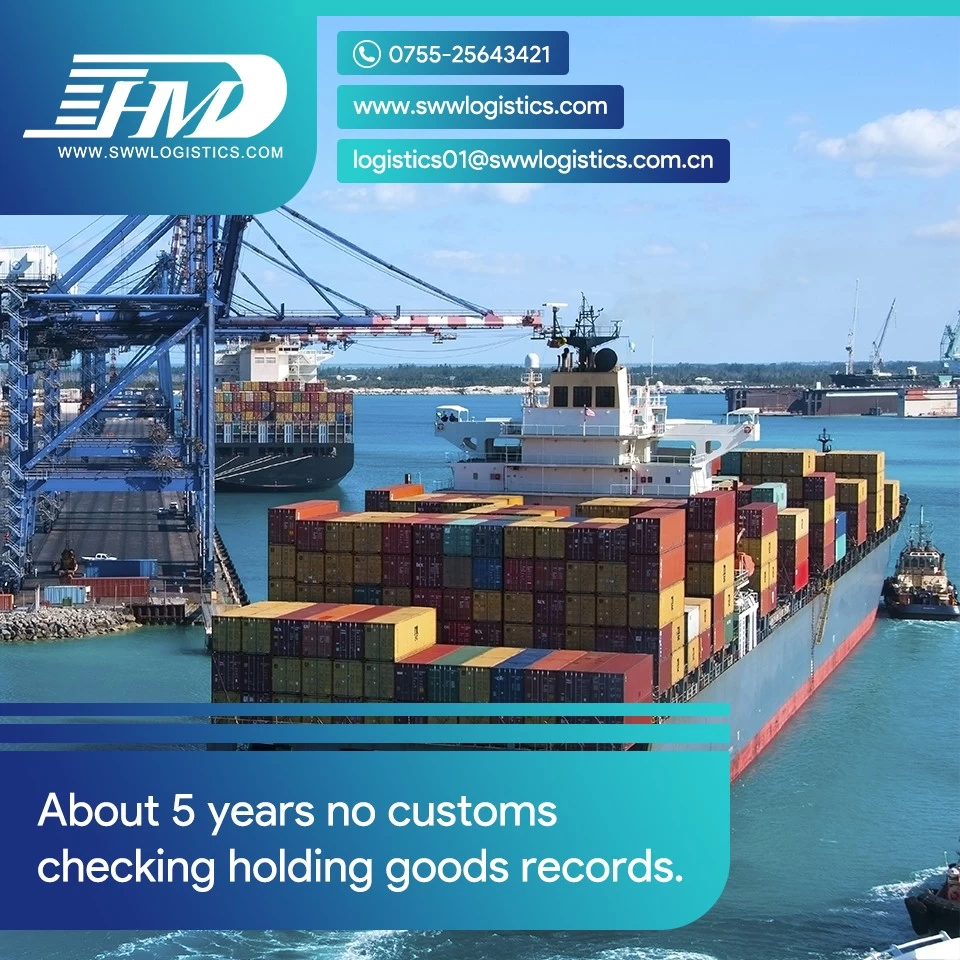Shipping companies warn: the peak season is coming ahead of schedule, and the battle for containers is intensifying
Xie Fulong, general manager of Wanhai Shipping, said at the press conference after the release of the first quarter results that due to the replenishment period in Europe and the United States in April and May, the demand for container transportation has significantly increased, resulting in congestion at some terminals. In addition, in order to reduce the impact of rising freight rates, customers chose to ship in advance, so that the peak season began in May. Against the backdrop of tight shipping space, freight rates have risen.

Xie Furong further pointed out that if the current transport pressure cannot be resolved in the short term, freight rates will continue to be supported, and high freight rates may continue into the next quarter. Taking the Shanghai Container Transportation Index (SCFI) as an example, the average in the first quarter of 2024 was 2010 points, although it once fell to 1940 points before the May Day holiday, but after the holiday with the recovery of shipments, the SCFI index rose to 2306 points on May 10, and jumped to 2520.76 points on 17 days, up 30% in just 20 days.
He stressed that the peak season of the European container shipping market this year has advanced from the traditional July to May. This is mainly due to the Red Sea crisis causing ships to divert, with global idle capacity of only about 190,000 TEU (20-foot standard containers) as of May 14, accounting for only 0.7% of the total fleet capacity.
Chefron also talked about what he called the "container wars," noting that this is a repeat of equipment shortages since the outbreak. While it was previously reported that large container manufacturers had no vacancy until August, Xie Frong said that container orders have increased since then. He said that in the context of the shortage of ships, the container war has broken out, and orders for new containers have increased significantly. At present, major container producers have booked orders into November, which will help support freight rates in the third quarter.
In the first quarter of 2024, Wanhai Shipping increased its revenue by 8% year-on-year to $863.8 million and achieved a net profit of $144.6 million, successfully reversing the net loss of $69.4 million in the first quarter of 2023. At the same time, sea container traffic in the quarter also increased by 23% year-on-year to 4.48 million TEUs, indicating strong consumer demand.
He also mentioned that due to the Red Sea tensions caused by the European route of vessels diverted, carriers have to allocate more capacity investment, which has led to a gap in capacity on other routes, which in turn has pushed up the rate of the sub-route. Not only the freight rate of the European and American lines has risen, but also the freight rate of the near-ocean lines and other routes has been affected.
Sunny Worldwide Logistics has more than 20 years of freight forwarding history,and over half of staffs working in Sunny about 5-13years.Emergency solutions must be offered with 30 minutes if any. You may not find other companies like us in Shenzhen. Shipping service from us.

Xie Fron stressed that the current supply of ships is very tight, coupled with the impact of the Red Sea crisis on the supply chain, there is no short-term solution. Ships from Asia to the East coast of the United States, Asia to Northern Europe and Asia to the Mediterranean are now circling the Cape of Good Hope, he said. A route from Asia to Europe used to require 12 ships to maintain regular service; Now 15 ships are needed.
He further noted that the situation has spread to other routes. In addition to the big four routes, freight rates from Asia to Australia, New Zealand, West Africa, South Africa, South America and Southeast Asia were also pushed up. Wanhai's Asia-South America service accounts for 15 percent of its total revenue, and containers are currently hard to find.